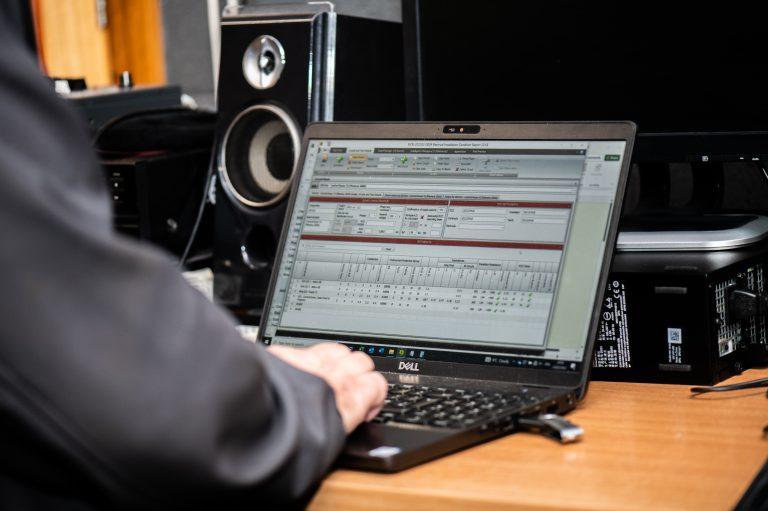Thermal images of electrical systems can indicate the operating condition of the equipment in those systems.
Thermal images of electrical systems can indicate the operating condition of the equipment in those systems. In fact, since the beginning of thermography more than four decades or more ago, the principal commercial application for thermal imaging has been electrical system inspection.
The reason thermography is so applicable to the monitoring of electrical systems is that new electrical components begin to deteriorate as soon as they are installed. Whatever the loading on a circuit, vibration, fatigue and ago cause the loosening of electrical connections, while environmental conditions can hasten their corroding. Briefly stated, all electrical connections will, over time, follow a path toward failure. If not found and repaired, these failing connections lead to faults.
Fortunately, a loose or corroded connection increases resistance at the connection and since increased electrical resistance results in an increase in heat, a thermal image will detect the developing fault before it fails. Detecting and correcting failing connections before a fault occurs averts fires as well as impending shutdowns that can be critical to manufacturing, commercial and institutional operations. Such predictive actions are important because when a critical system does fail, it inevitably increases costs, requires the reallocation of works and material, reduces productivity, threatens corporate profitability and impacts the safety of employees, customers and clients.
The following discussion focuses on using thermal imaging to troubleshoot loose, over-tight or corroded connections in electrical systems by comparing the temperatures of connections within panels.
What to check?
Check panels with the covers off and power ideally at least 40% of the maximum load. Measure the load, so that you can properly evaluate your measurements against normal operating conditions.
Capture thermal images of all connections that have higher temperatures than other similar connections under similar loads.
What to look for?
In general, look for connections that are hotter than others. They signal high resistance possibly due to looseness, tightness or corrosion. Connection-related hot spots usually (but not always) appear warmest at the spot of high-resistance, cooling with distance from that spot. As noted, overheating connections can, with additional loosening or corrosion, lead to a failure and should be corrected. The best solution is to create a regular inspection route that includes all key electrical panels and any other high-load connections, such as drives, disconnects, controls, and so on. Save a thermal image of each one on the computer and track your measurements over time, using the software that comes with the thermal imager. That way, you’ll have baseline images to compare to, that will help you determine whether a hot spot is unusual or not, and to verify repairs are successful.
What represents a “red alert”?
Equipment conditions that pose a safety risk should take the highest repair priority. Guidelines say that when the difference in temperature (DT) between similar components under similar loading exceeds 15° C immediate repairs should be undertaken. The same organisation recommends the same action when the DT for a component and ambient air exceeds 40°C.
What’s the potential cost of failure?
Left uncorrected, the overheating of a loose or corroded electrical connection could blow a five-pound fuse and bring down an entire production process. Then, it will probably take at least half an hour to shut off the power, get a spare fuse from the storeroom, and replace the blown fuse. The cost in production losses will vary depending upon the industry and the process, but in many industries a half hour of lost production can be very expensive. For example, in the steel casting industry, lost production costs from downtime have been estimated at about £1000 per minute.
Follow-up actions
Overheating connections should be disassembled, cleaned, repaired and reassembled. If, after following this procedure, the anomaly persists, the problem may not have been the connection, although a faulty repair remains a possibility. Use a multimeter, clamp meter or a power quality analyser to investigate other possible reasons for the overheating, such as overloading or unbalance. Whenever you discover a problem using a thermal imager, use our report to document your findings in a report, including a thermal image and a digital image of the equipment. It’s the best way to communicate the problems you found and the suggested repairs.




